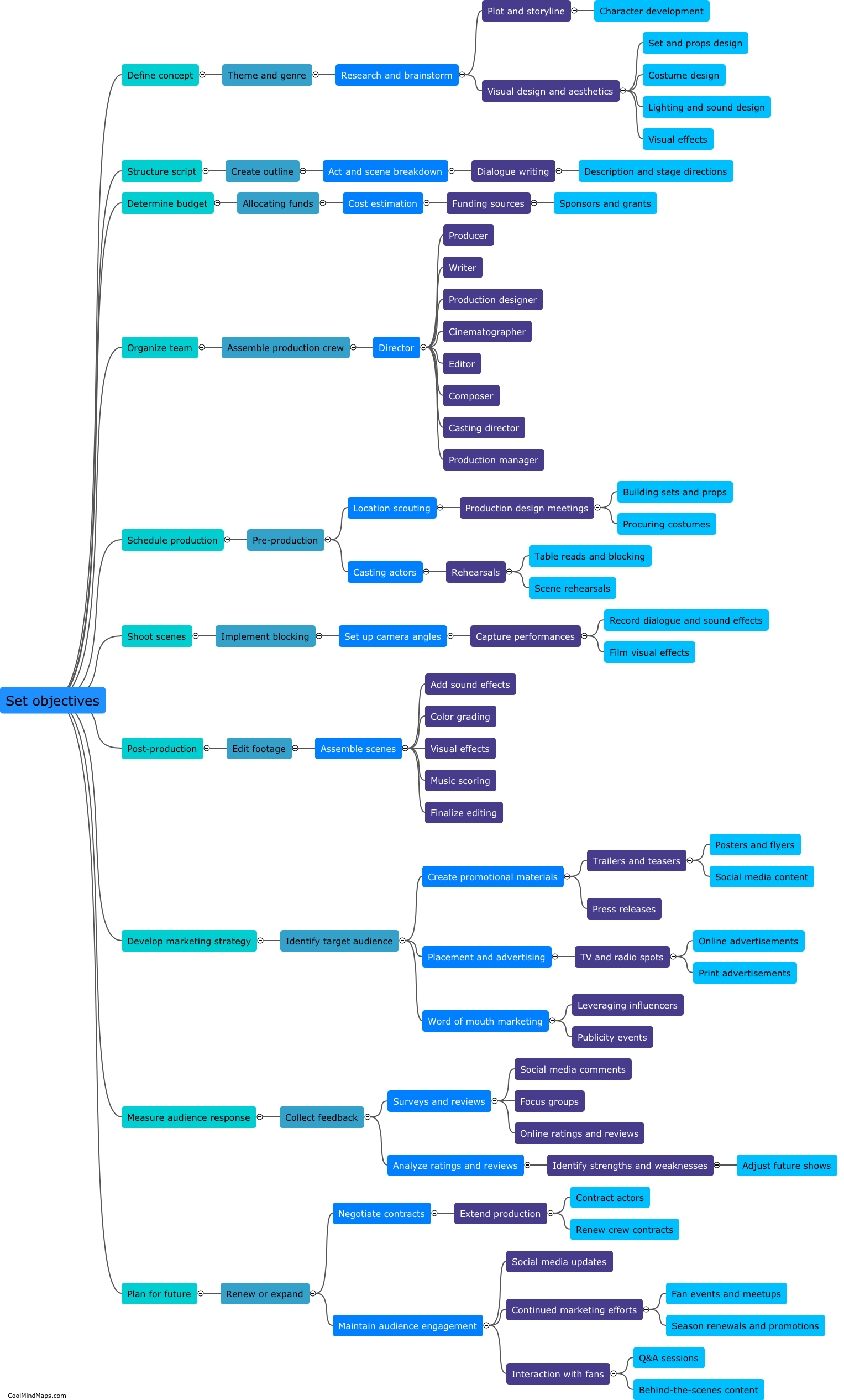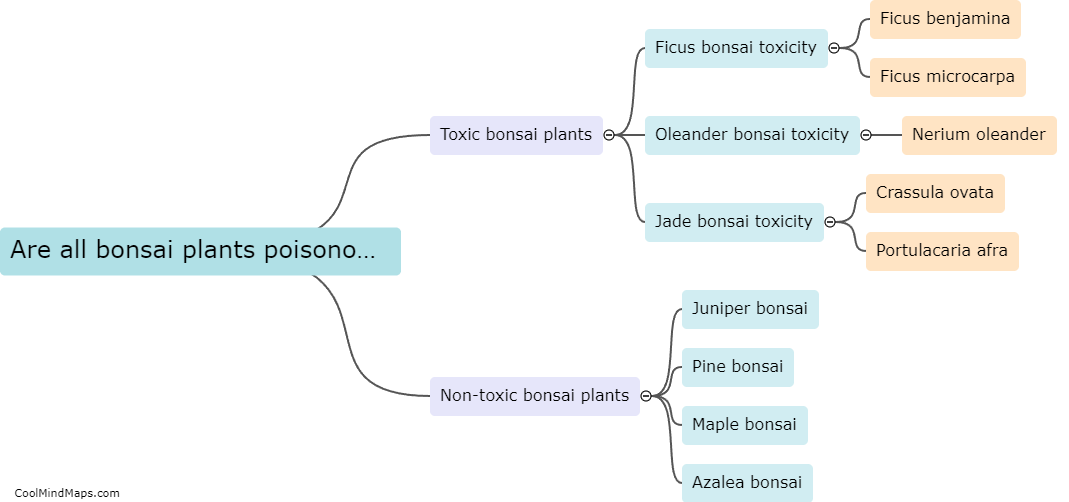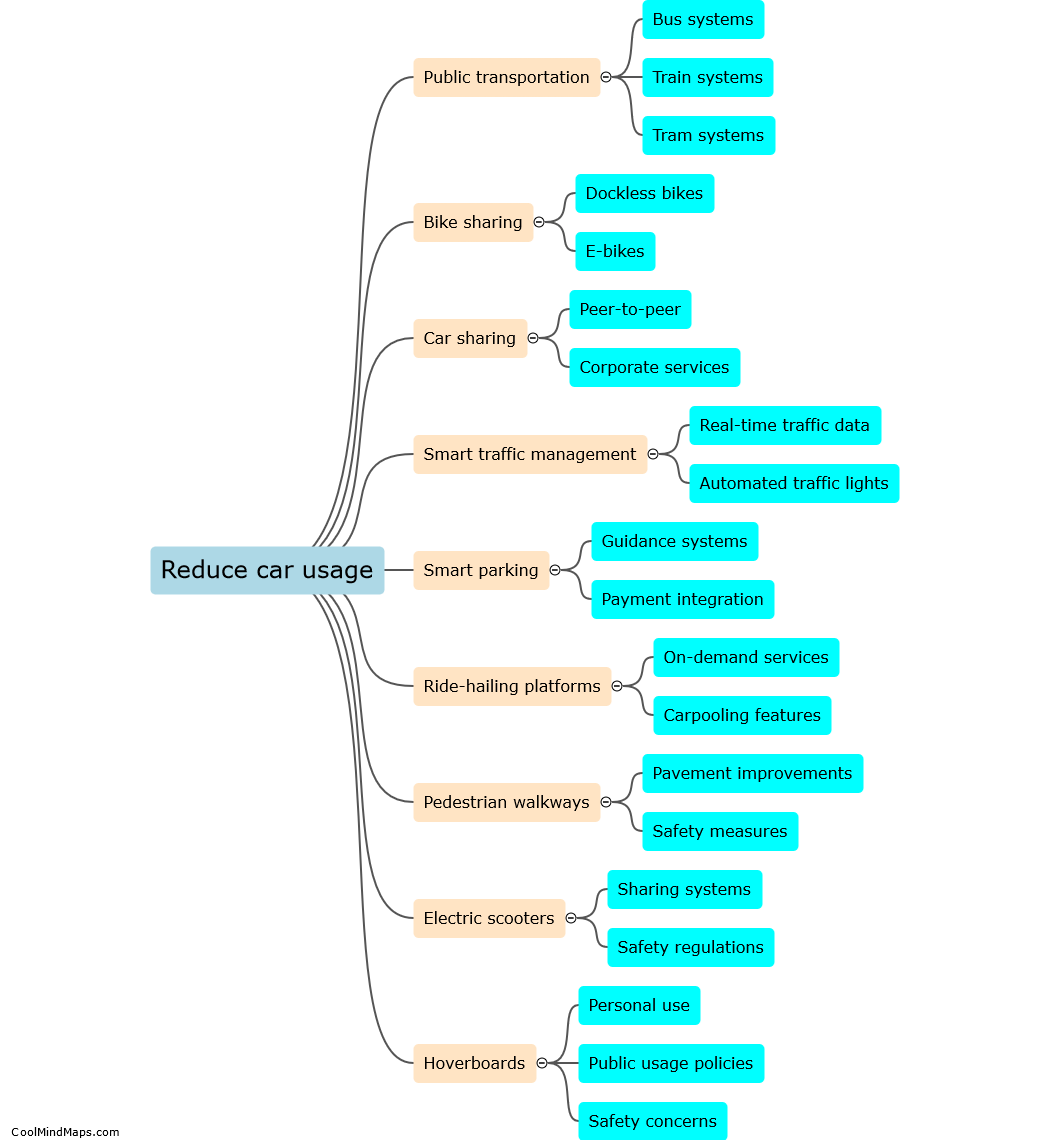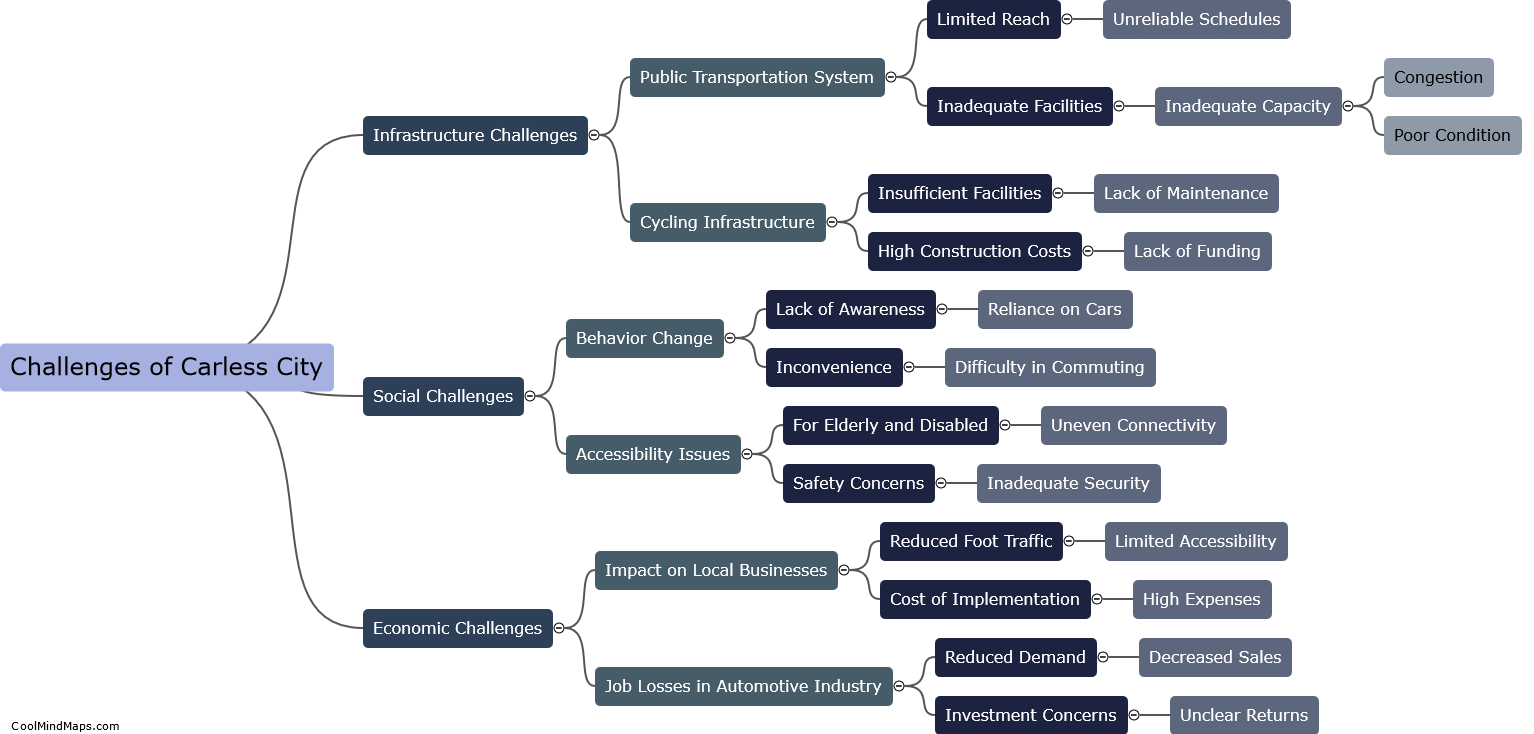What are some examples of successful generative design practices in cities?
Generative design practices have had significant impacts on cities globally, transforming urban areas into more efficient and sustainable spaces. Some examples of successful generative design practices include the use of advanced algorithms and computational tools for designing urban landscapes. The use of digital tools and drones to scan and model urban areas has revolutionized the creation of more sustainable and livable public spaces. For instance, Copenhagen's redesign of its harbor area integrating sustainability features like natural water filtration system, public spaces, and playgrounds using generative tools. Similarly, Singapore's Marina Bay area with its vast public spaces and integrated greenery was designed using generative design approaches. Such generative design practices in cities ensure that buildings and public spaces are functional, sustainable, and aesthetically pleasing, providing residents with a better quality of life.

This mind map was published on 14 June 2023 and has been viewed 106 times.











